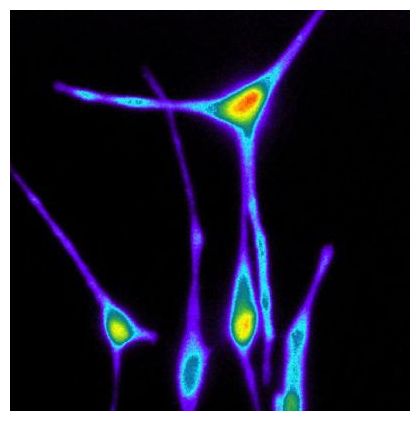
© Live Science
Monkey brains grow bigger with every cagemate they acquire, according to a new study showing that certain parts of the brain associated with processing social information expand in response to more complex social information.
"Interestingly, there are a couple of studies in humans by different research groups that show some correlation between brain size and the size of the social network, and we found some similarities in our studies," study researcher Jerome Sallet, of Oxford University in the U.K., told LiveScience.
"[Our study] reinforces the idea that the
human social network was built on something that was already there in the rhesus macaques."
Monkey studiesThe researchers studied 23 rhesus macaques
living in different size groups in a research facility; they had been in these groups for at least two months (the average length of time spent in their present group was more than one year).
These different groups each had a dominance-based hierarchy (except the one monkey that was caged alone). One's rank among male cagemates is dependent upon social interactions, including the ability to make friends and form coalitions, which grants the monkey access to valued resources.
The researchers scanned the brains of the monkeys using magnetic resonance imaging to gauge the sizes of different brain regions. They saw enlargements in gray matter in several areas of the brain associated with social interactions. On average, they saw more than a 5 percent increase in gray matter mass per extra cagemate.


Comment: Corruption in science appears to be widespread - see : The Corruption of Science in America